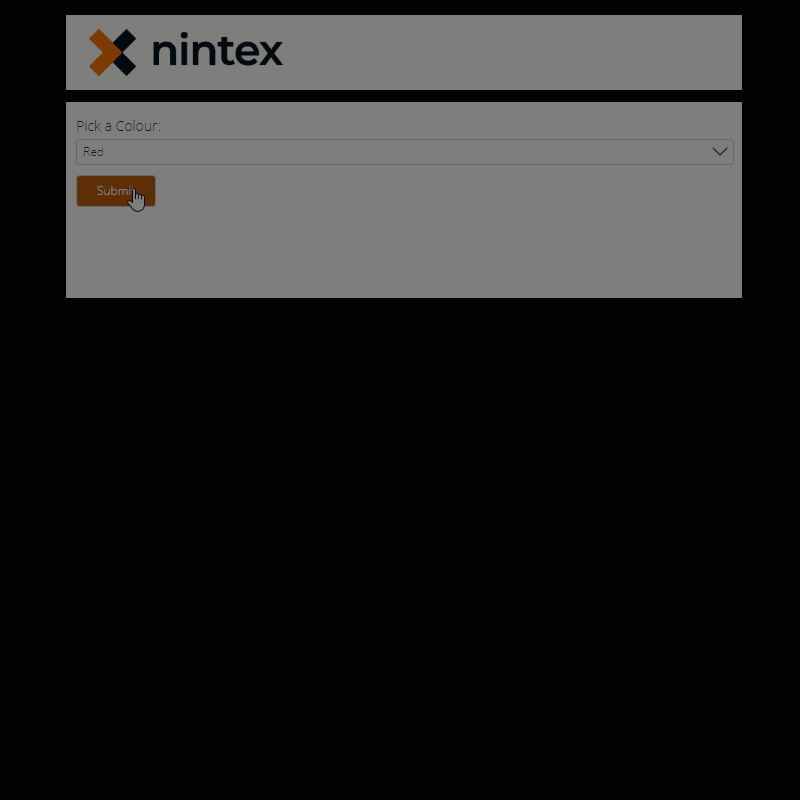I have an approval process in K2.
This is the bottom of the approval. The user is supposed to Create a PDF before clicking submit.

What i am trying to do is add a subform to the process that is triggered when the user is approving and they hit submit. They should see this subform popup.

If they click submit the workflow continues. If they hit cancel, it stops and goes back to the approval screen.
I have setup rules on the Submit and Cancel buttons in the subform. Cancel just says close the subform and stop the process. Submit says close the form ...and the workflow should continue.
The problem I am having is that the subform flashes up and then closes. It doesn’t stop and give the user the ability to action the subform.







